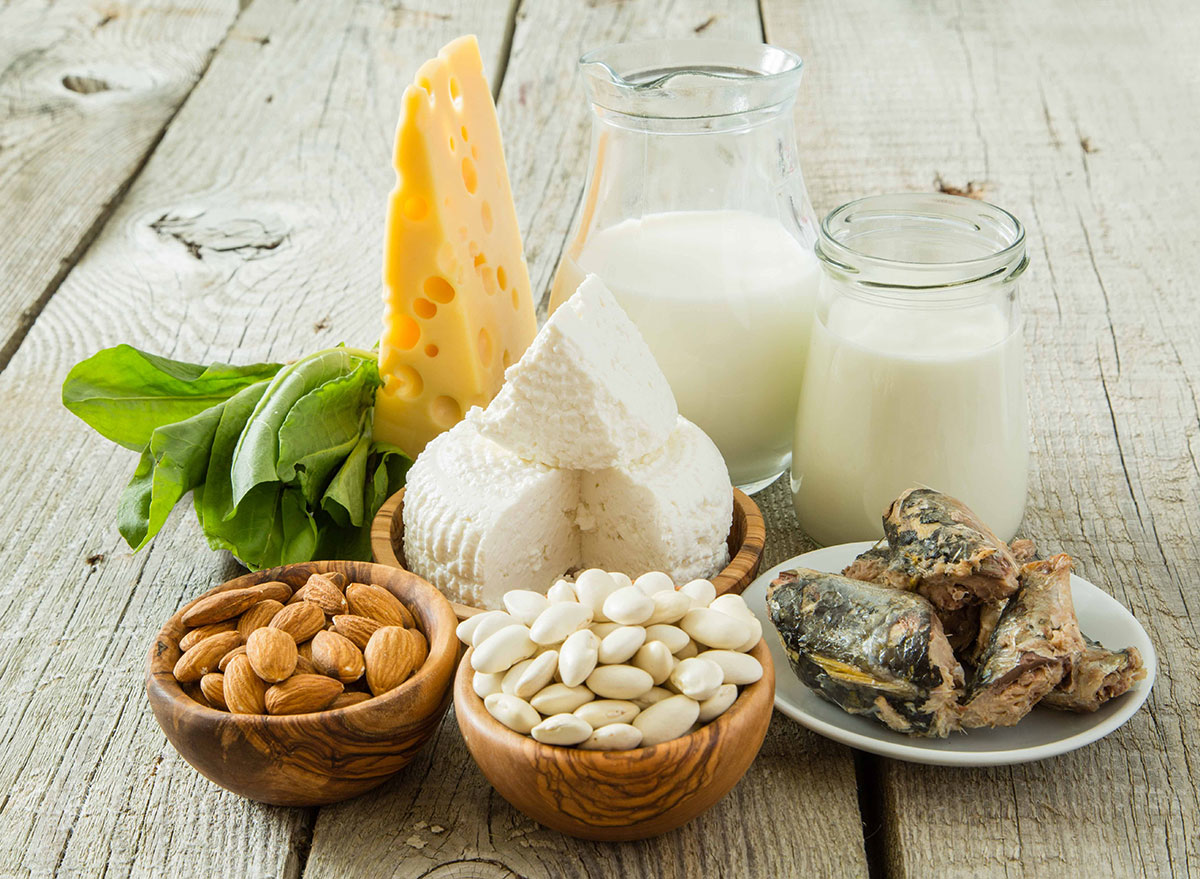How Chocolate Milk Can Help You Lose Weight
Imagine if everything you needed to know about weight loss, you learned in kindergarten. Well, if your teacher gave you chocolate milk as a lunchtime treat, she was (unknowingly) giving you one of the most powerful weight loss tools in the nutritional universe.
Turns out this childhood staple may be the ideal vehicle for your body’s most neglected nutritional needs. Each bottle delivers a package of micro- and macronutrients that can help you shake off body flab and replace it with firm muscle. And when you served it ice-cold, the creamy sweetness flows across your tongue with all the pleasure of a milkshake. Yum.
That’s the crux of what I’m calling “The Chocolate Milk Diet,” which isn’t a diet at all. It’s essentially three eight-ounce servings of chocolate milk consumed at key points throughout your day:
- When you wake up
- A second before you exercise
- A third directly after your workout
Or, if it’s your day off, just pattern them for morning, afternoon, and night. Sounds good, right? It is, and that’s why it’s so easy. But is this a free ticket to eat as much fried chicken as you want throughout the rest of the day? Unfortunately not, but alongside a healthy diet, it can help you drop lots of belly fat fast. Here are the four reasons why:
The Calcium Effect

Researchers have known for years about the role that calcium plays in building strong bones, but a more recent development deals with the way it affects your belly. A series of studies have shown that calcium can actually impede your body’s ability to absorb fat.
When researchers in Nebraska analyzed five of these studies, they were able to estimate that consuming 1,000 milligrams more calcium can translate to losing nearly 18 pounds of flab. What’s more, other studies have shown that dairy foods offer the most readily absorbable calcium you can find. Knock back three servings of brown cow and you’ll reach that crucial 1,000 mg threshold. At that point, any other calcium that you eat or drink is a bonus.
The Vitamin D Factor

All the calcium in the world isn’t going to help you if you don’t get a good dose of vitamin D to go with it. That’s because vitamin D is responsible for moving calcium from your food to your body, which means if you’re running low on D, you’re probably also missing the calcium you need to stay slim. Other symptoms of the D deficiency are weak muscles, easily breakable bones, and depression—not a great combo for success. Now here’s why this is significant: Most experts agree that the average American isn’t getting enough D.
Some estimate that only half the population is meeting the requirement and one study published in the journal Pediatrics found that 70 percent of American children had low levels of D in their diet. The thing is, your body makes vitamin D naturally when you expose your skin to sunlight, but most people spend too much time indoors to benefit. And intentionally spending more time in the sun could put you at risk for skin cancer. The solution? Drink up. Chocolate milk, like most milk, is fortified with vitamin D.
One caveat here: Drink 1% chocolate milk. Vitamin D won’t work without a little fat to help break it down. You want to skip the whole milk, too, as it has too many calories to make it a regular habit. The best option is 1%, or low-fat chocolate milk. It has the fat you need to absorb crucial vitamins, yet at three cups a day, it will save you 120 calories over whole milk.
The Endurance Boost

If you want to lose the gut, you’ve got to exercise—-no surprise there. But here’s a fact that’s not so obvious: Drinking chocolate milk can improve your gains. In a study published in The International Journal of Sport Nutrition and Exercise Metabolism, subjects given chocolate milk before hopping on the stationary bikes were able to ride 49 percent longer than subjects given a generic carbohydrate-replacement beverage. And on top of that, they pedaled even harder. Total work performed by the chocolate-milk group was greater than the work performed by subjects drinking carbohydrate-replacement drinks or electrolyte-fortified sports drinks. The reason? Milk has naturally occurring electrolytes that keep you hydrated—more hydrated than water, in fact—and its natural sweetness helps push more energy into your muscles. Another study from 2009 found similar results, but it went one step further by asking participants which beverage they thought tasted better. Not surprisingly, 100% chose chocolate milk.
The Protein-Body-Weight Connection

Want to know the secret to staying thin? You need more muscle. That’s because muscle burns more calories than fat, so for every new muscle fiber you create, your resting metabolism receives another surge of fat-torching energy. And chocolate milk can help you do that. Researchers have determined that the ideal protein load for building muscle is 10 to 20 grams, half before and half after your workout. How much protein will you find in low-fat chocolate milk? Eight grams per cup. (That means one serving before your workout and one serving after will give you a total of 16 grams of highly effective whey protein—a perfect serving.) Add that to the extra cup you drank first thing in the morning and you’re looking at a turbocharged metabolism that keeps you burning calories all day long. (Pair your chocolate milk habit with these 6 Ways to Boost Your Metabolism to double down on the slimming effects.)








